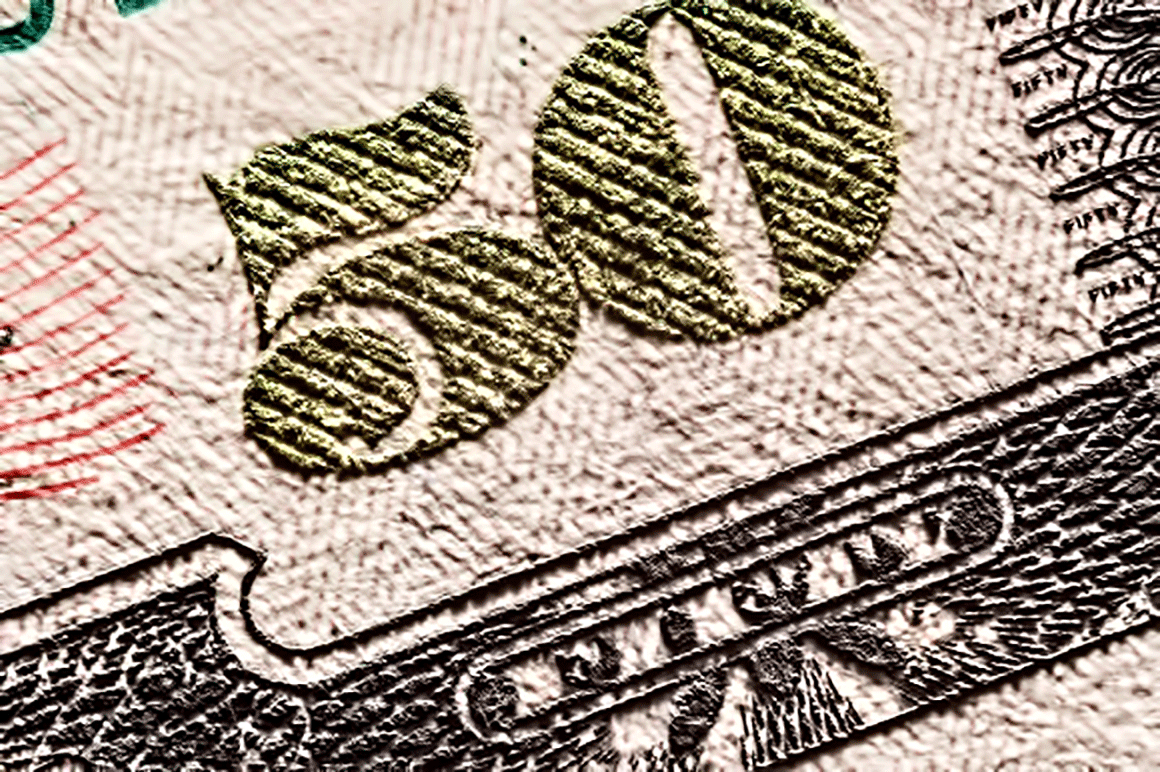by Kristina Hooper, Invesco Canada
I am the mother of three, including a 13-year-old girl and a 12-year-old boy. Like many American children their age, they spent the last several months obsessed with an urban myth surrounding Area 51. Many conspiracy theorists believe that Area 51, a secretive Air Force base in Nevada, is being used by the U.S. military to house aliens. One creative guy thought it would be funny to start an online movement to storm Area 51 this past weekend. What began as a joke gathered steam quickly, and 2 million people signed up to force entry into Area 51. That huge response created great excitement and anticipation about what the event would bring.
My son, in particular, was sure it would be a phenomenal occasion in which the existence of aliens was finally revealed to the public. In the end, it was quite anticlimactic. Just 3,000 people showed up, and authorities warned them about the consequences of illegally entering the facility, which seemed to stifle any interest in actually having a close encounter with an extraterrestrial. My kids seem to have moved on just as quickly, although one of my daughter’s friends had an extremely creative Area 51-themed birthday cake this weekend.
Oil prices rebounded quickly after drone attack
Another very surprising but ultimately anticlimactic chain of events occurred over the last week. There was a serious drone strike on Saudi oil facilities over the weekend of Sept. 14 and 15, knocking out two key installations and dramatically curtailing oil production. Not surprisingly, there was a major shock to the price of oil on Monday, Sept. 16, with crude oil rising more than $10 per barrel in price.1 However, the price fell quickly on Tuesday and Wednesday, as the Saudis reassured consumers that the Kingdom would quickly restore full production. By the end of the week, the price of oil finished about $5 higher than it was at the end of the previous week.1
Several clients and media outlets wondered why the price of oil didn’t spike higher, and why it fell back so quickly. The answer lies in history. Up until the 1960s, the U.S. was able to exert strong control over the price of oil, even though it produced very little oil itself, by dictating to oil-producing countries what it would pay for the commodity. But in the 1960s, oil-producing countries finally bridled at such control and created an entity intended to control production and, therefore, the price of oil – the Organization of Petroleum Exporting Countries, otherwise known as OPEC. The U.S. was no longer able to control prices or supply – which became abundantly clear in the 1970s during two different oil shortages that created endless car lines at gas stations and virtually crippled transportation in America.
I believe that the formation of OPEC introduced an important psychological dimension to the oil market: The loss of control by the U.S. contributed to increased volatility and an overall elevation in oil prices beyond what the economics of supply and demand might dictate. This was illustrated in the events of 1978-1982, in which the price of oil rose dramatically beyond the target price set by OPEC. As one historical account noted: “It was not OPEC that was pushing the price up … but the consumer nations themselves, caught up in hysteria as the unthinkable took place. It was not a shortage of oil so much as fear of a shortage that caused the crazy escalation of prices.”2 In other words, that lack of control created something of a panic that caused greater sensitivity to geopolitical events – and much higher oil prices.
But that was then, and this is now. The U.S. is now a major producer of oil in its own right, and it no longer feels helpless when it comes to controlling oil production and having access to crude oil. And I believe that is why oil prices did not move higher, and why oil prices calmed down quickly after reacting to the drone strike on Saudi oil facilities. That sensitivity is no longer there because the psychology has changed. To a large extent, oil consumers can control their own destiny when it comes to energy needs.
Having said that, tensions have risen in the Middle East as the fallout has continued from the drone attack on Saudi oil installations. Last week, Japan stated that there is no proof the drone attack was orchestrated by Iran. However, later in the week, the U.S. sent troops to the Middle East. So there is certainly the potential for an exacerbation of frictions and more spikes in the price of oil. However, I suspect that, as we saw last week, prices will settle down quickly.
Repo markets and Treasury yields have contributed to uncertainty
The oil price volatility wasn’t the only unusual thing that happened in the markets over the last week or so. The repo market has been showing strains in the last week, with rates spiking and the Federal Reserve (Fed) having to provide emergency liquidity on a daily basis. It appears to be a technical problem (and arguably was foreshadowed by the 3-month T-bill to 2-year Treasury yield curve inversion). However, it certainly has spooked some market participants, especially since it follows closely on the heels of the 2-year /10-year Treasury yield curve inversion in August.
We also saw a big spike in the 10-year U.S. Treasury yield last week. I believe a combination of largely positive economic data and positive news flow about U.S.-China trade relations helped push the yield higher. I expect continued volatility as economic data and more trade-related news flow impacts the Treasury yield. For example, last week U.S. and Chinese deputy trade negotiators met in Washington to resume face-to-face talks for the first time in nearly two months, helping to raise the yield. However, the Chinese delegation was scheduled to meet with farmers in the Midwest U.S. early next week, but on Friday the delegation cancelled those plans – suggesting the talks are not going well and sending the 10-year yield lower.
Conclusion
There are clearly concerns about whether geopolitical risks such as conflict in the Middle East could drive oil prices up and send stocks down. And that nervousness may be amplified in an environment where there are other abnormal conditions such as liquidity issues in the repo market, a recent inversion in the 2-year/10-year Treasury yield curve, and heightened volatility in the longer end of the Treasury market.
However, like the urban myth around Area 51, this situation may ultimately prove to be anticlimactic. In fact, I see reasons to believe that stocks could perform well in coming months. First of all, the Fed has cut rates twice in the last several months; historically, greater central bank accommodation has helped to boost stocks. In addition, $1.1 trillion has moved out of equities into bonds and cash in the past year.3 Historically, a period of significant outflows has been followed by a period of relative outperformance for equities.
This environment of unusual events illustrates that markets often react quickly – and temporarily – to uncertain issues, and timing market movements correctly is an extremely difficult task. I believe investors need to be ready for volatility on both the upside and the downside – remaining well-diversified to help guard against the impact of shocks on particular asset classes, but with adequate exposure to equities and other risk assets to potentially benefit from rebounds and periods of growth.
This post was first published at the official blog of Invesco Canada.
















